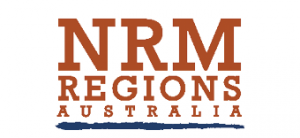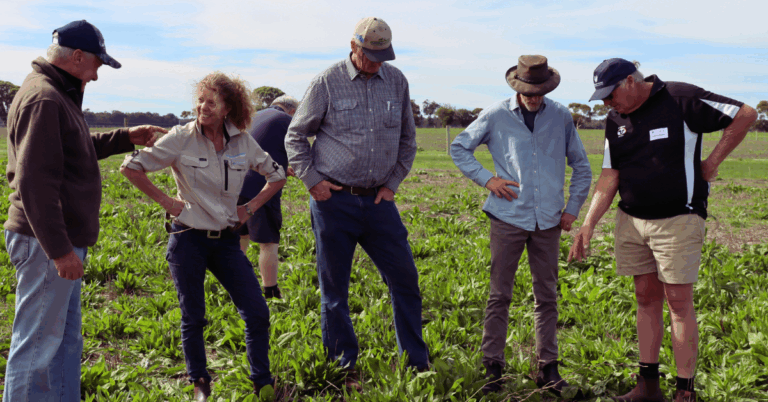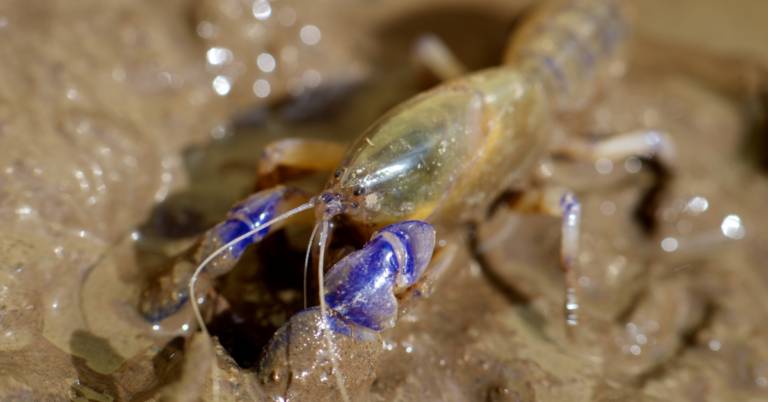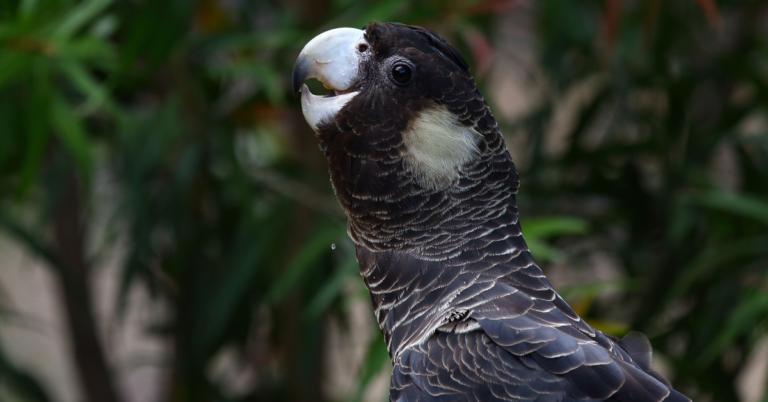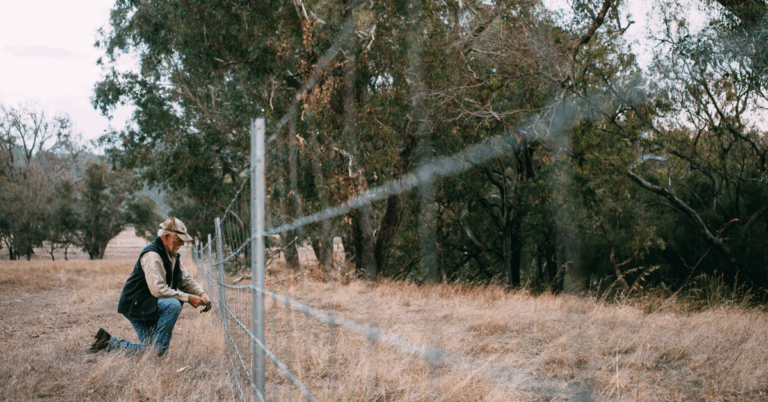
Could living firebreaks in WA’s South West be a tool for helping reduce the impact on communities and landscapes of predicted increases in climate-driven disaster?
It’s a question South West Natural Resource Management (NRM) is seeking to answer via a new one-year trial which forms part of a collective effort by the NRM sector nationally, to better understand the potential for nature-based solutions (NbS) to mitigate the impacts of fire, flood and climate risks.
What are Nature-based Solutions?
Nature-based Solutions refer to a range of approaches that leverage natural ecosystems and processes to provide sustainable and cost-effective ways of conserving biodiversity, enhancing ecosystem resilience, and mitigating climate change impacts. (Maes and Jacobs, 2017; Nesshöver et al., 2017).
As a concept they have received political and community support, but to-date, that has only translated into a limited number of evidence-based on ground actions in Australia. In collaboration with our partners in this project, we’re hoping to change that.
The problem with bushfires
Our South West region of Western Australia is one of the most fire-prone regions in the world. (Climate Council of Australia, 2015).
The Bureau of Meteorology (BoM) and CSIRO, in their most comprehensive Australian climate projections to date, have suggested that parts of the South West will continue to experience harsher fire weather into the future (Climate Council of Australia, 2015).
In addition, the United Nations’ Intergovernmental Panel on Climate Change (IPCC) continues to identify the South West of Western Australia as a global drying hotspot, supported by Bureau of Meteorology data showing a 20 per cent reduction in rainfall since the 1970s.
What we’re doing about bushfires and climate-driven disaster
In response to the growing threat, South West NRM will trial a series of living firebreaks within farmed landscapes.
The living firebreaks will be planted with species selected for their low flammability properties and consider their design to deliver landscape-scale risk reduction along with optimising biodiversity and carbon sequestration. SWNRM will be seeking input from Traditional Owners to help inform plant selections.
The concept of ‘green firebreaks’ has been explored on the east coast of Australia and overseas however there are no current examples of practice in South West, WA.
The Living Firebreaks will be studied with findings used to inform potential future scaling of the idea.
Living Firebreaks are not intended to replace existing fire prevention and management techniques but – depending on the outcomes of this trial – could provide an additional tool in addressing the risks associated with changing climatic conditions.
A significant increase in the extent and impacts of fires on people and the environment are expected in Australia with climate change. Therefore, there is a need to identify and test novel fire management approaches. (Marshall et al. 2024)
Aspects to be investigated will include:
- Species selection and ecological impact
- Location and optimal size
- Offsetting the loss of productive land – Are their co-benefits?
- Consideration of Natural Capital Accounting – is loss of productive land offset by benefits such as shade for livestock or improved soil health?
More Nature-based Solutions
Other projects being pursued within the national program of work include:
- North Queensland Dry Tropics (Qld) – Rangelands Nexus – Cultural fire practices in a productive landscape
- NACC NRM (WA) – Stabilising Soils – Managing catchment scale flood and fire risk in a productive landscape
- Tasmanian NRMs: Scaling Nature-based Solutions for Flood Resilience and Recovery
Nature-led resilience is an ongoing NRM Regions Australia program to improve awareness, capability, and investment for nature-based solutions that can deliver broad benefits across Australia. The initial Nature-led Resilience: Safeguarding Regions from Fire, Flood and Climate Risks project runs from May 2024 to May 2026, with support from the Minderoo Foundation.
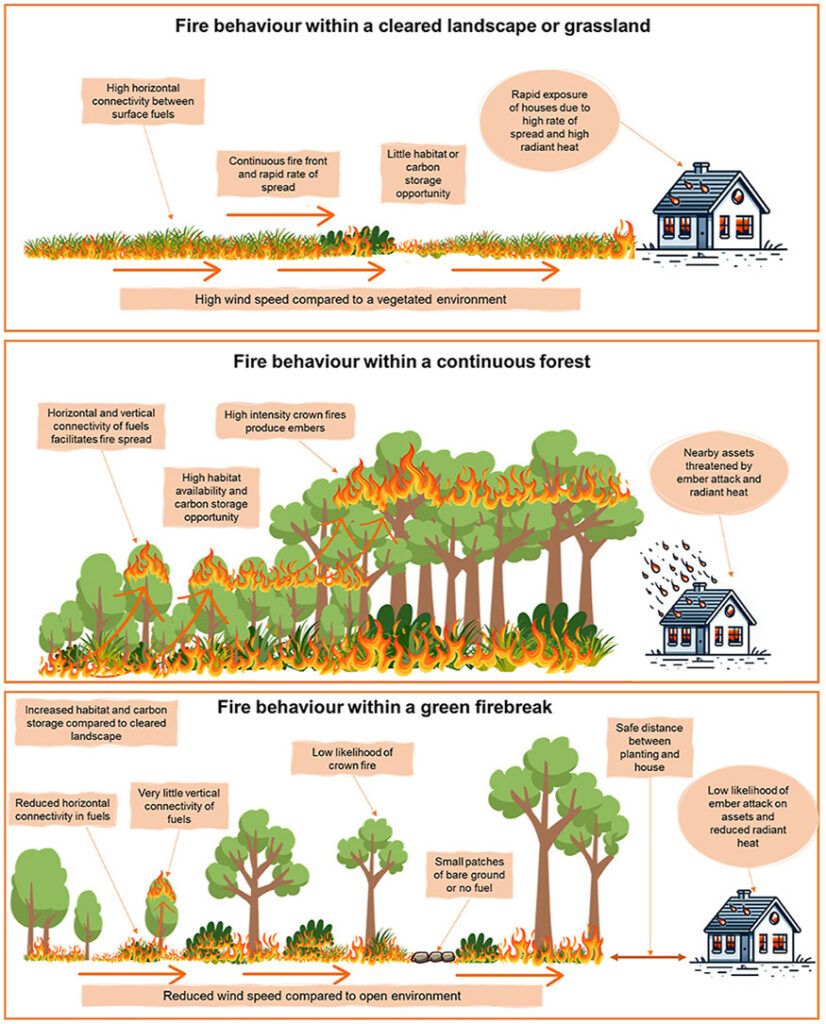
SOURCE: Marshall et al.,2024 https://www.sciencedirect.com/science/article/pii/S0301479724021698
Project Partners
